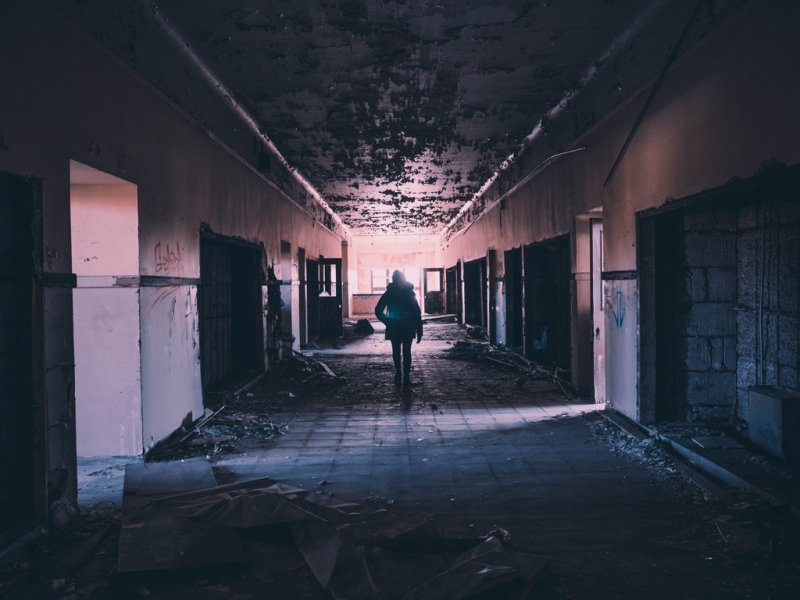
Some people don’t like to remember death and think about suffering. Some, on the contrary, create museums and memorials to preserve the memory of the tragedies that occurred. And there will always be those who are willing to pay for a ticket to a museum in memory of the victims or cross the ocean to visit the place where terrible events once took place. In this article we will talk about the most famous dark tourism destinations.
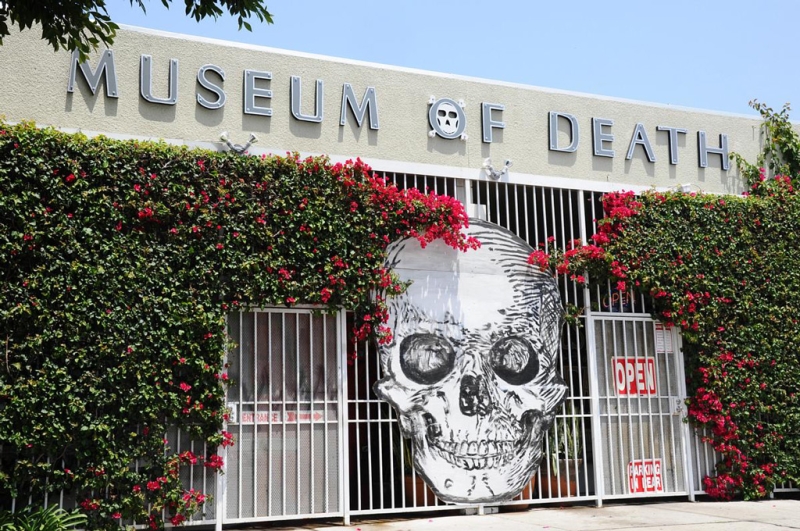
1. Museum of Death, Los Angeles
“We’re all going to die, so why not get to know death,” reads the sign above the entrance to the Museum of Death on Hollywood Boulevard in Los Angeles, which offers the world’s largest collection of death-related artifacts and the darkest crimes. Here you can see casts of death masks, photographs from murder scenes, forensic tools used for investigation, identification and autopsy of corpses, and even videos of re-enactments of attacks.

But the emphasis in the museum is not only on coffins and funerals, although there is plenty of that here, but also on the personalities of notorious serial killers. For example, there is an exhibition of photographs from the crime scenes of Charles Manson and his gang, who killed the pregnant actress Sharon Tate and her guests, the head of a guillotined criminal known as Bluebeard, or paintings by John Gacy, who, dressed as the clown Pogo, lured and killed 33 people, 26 of whom buried under the floorboards in his house. In prison, he became an artist, and most of his works were sold at auction, many of which were bought and demonstratively burned by the relatives of the victims. But some paintings can be found in the Museum of Death.
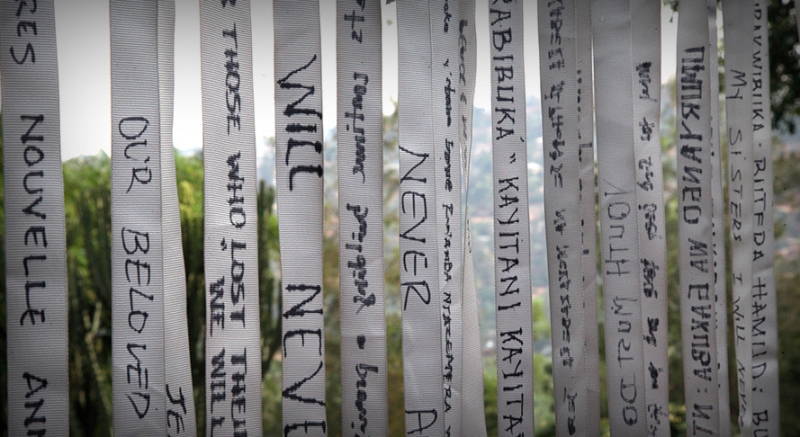
Photo: kgm.rw
2. Kigali Genocide Memorial Center, Rwanda
In one hundred days, from April to July 1994, from 500 thousand to a million (according to various estimates) people were killed as a result of clashes between two ethnic groups: Tutsi and Hutu. The genocide against the Tutsi people was organized by the main political party, and the military and even representatives of the law were involved in it. People were slaughtered in mosques, shot, raped and mutilated on city streets, in homes, in schools and churches. The government radioed in inciting murderers and even encouraging Hutu civilians to exterminate their Tutsi neighbors.
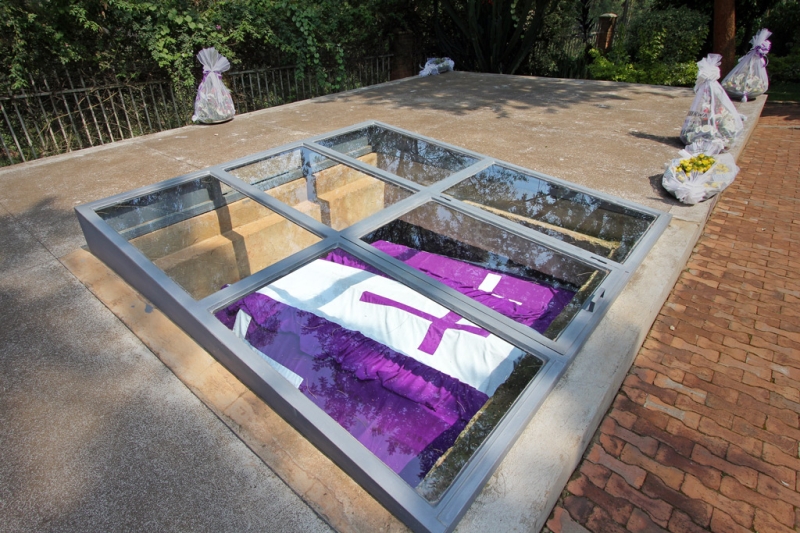
The crimes stopped only after the intervention of the international community. Ten years after the tragedy, a memorial was opened in Kigali, the capital of Rwanda, at the burial site of 250 thousand victims of the genocide. The memorial center contains eight mass graves, monuments, audio and video testimonies of survivors, and has already been visited by hundreds of thousands of people.
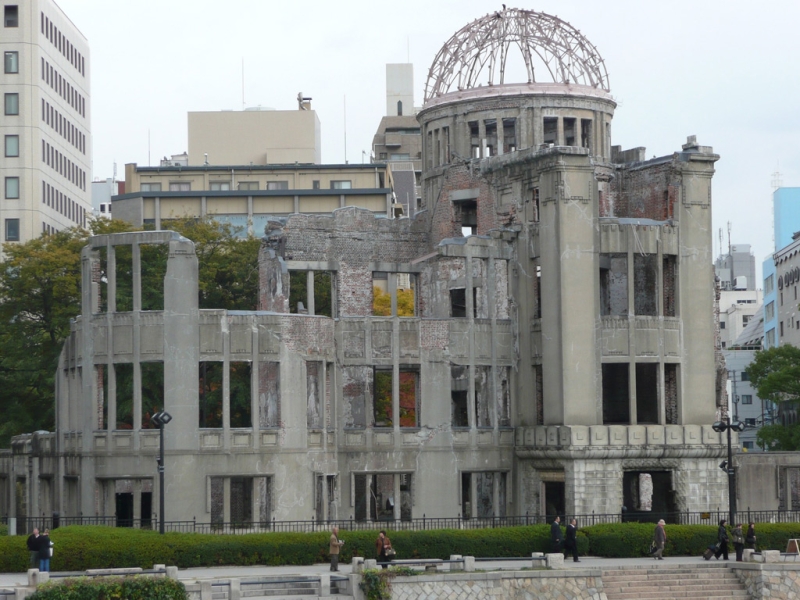
3. Peace Memorial in Hiroshima, Japan
On August 6, 1945, the Japanese cities of Hiroshima and Nagasaki were bombed with atomic bombs. The bomb dropped by American pilots on Hiroshima exploded 600 meters above the ground directly above the hospital and surgical center. The blinding flash was replaced by a deafening roar and a fiery tornado; within a radius of one and a half kilometers from the epicenter, everything was destroyed. More than 70 thousand people died instantly, another 70 thousand were seriously injured.
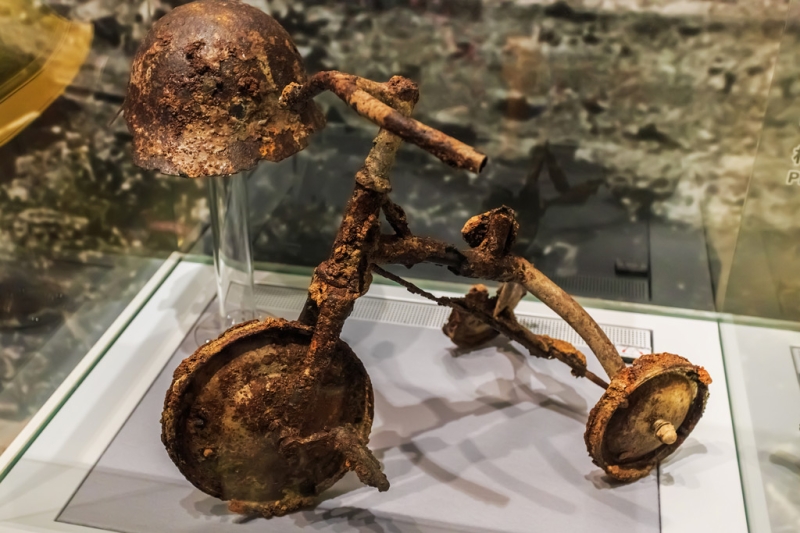
In the following years, thousands of people caught in the affected area—they became known as “hibakushi”—died from radiation exposure and the diseases it caused. In 1955, a memorial park was opened in honor of the victims of the tragedy, and there is a museum in it where the personal belongings of the victims are exhibited. Since then, approximately 53 million people have visited the memorial; about a million a year.
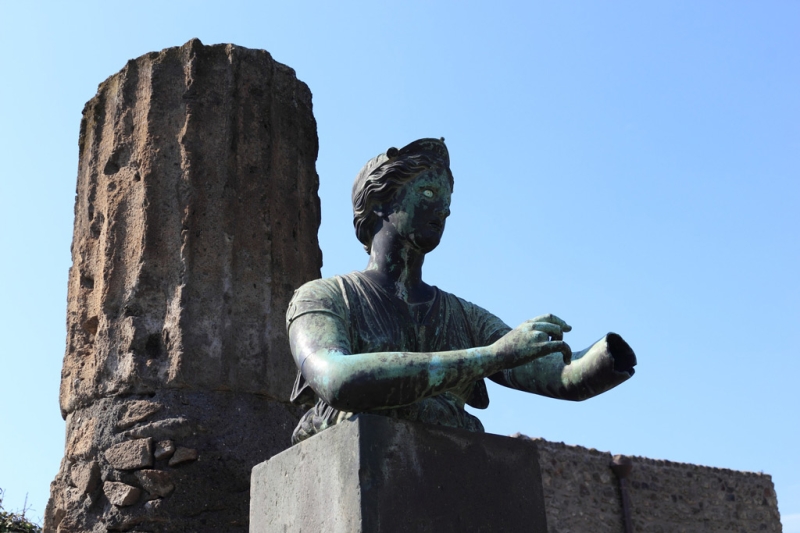
4. Pompeii
Pompeii is an ancient city where more than 20 thousand people died at the same time, and one of the most popular tourist destinations in Italy. It was located near modern Naples. In 79 AD. The Vesuvius volcano, waking up, began to erupt, and Pompeii was buried under a six-meter layer of volcanic ash.
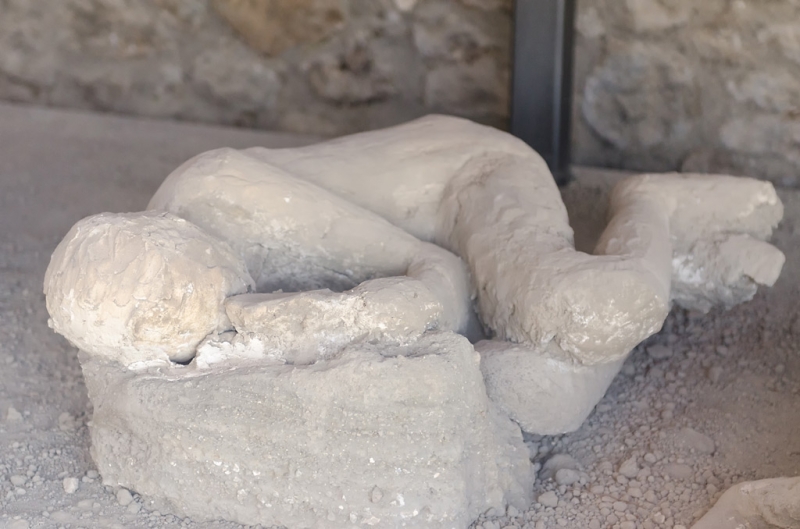
Excavations began only in 1748 and proceeded very slowly until the engineer Giuseppe Fiorelli proposed filling with plaster the voids in the hardened ash formed after the decomposition of the bodies. Thus, hundreds of casts of the bodies of the dead, frozen in various tragic poses, for example, covering their heads with their hands, were recovered from the ground. This technique is still used in excavations to this day, and Pompeii has attracted millions of tourists for more than 250 years.
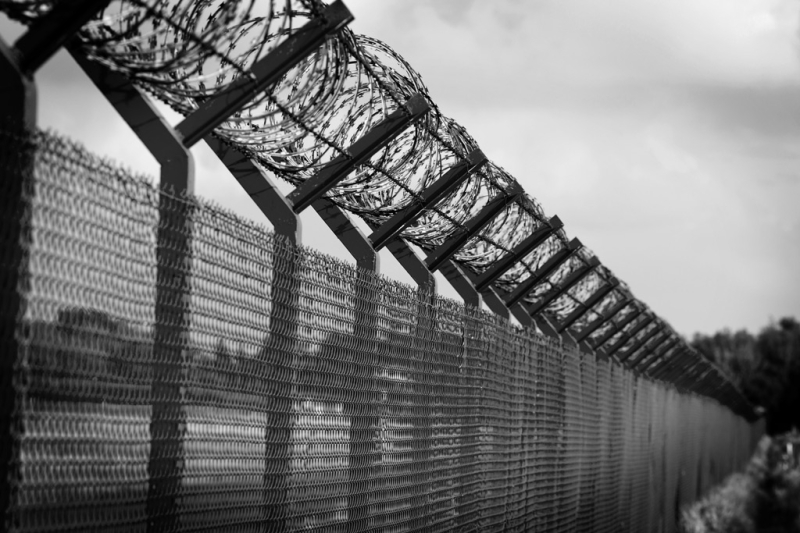
5. Democratic People’s Republic of North Korea
The extremely secret dictatorial regime has turned out to be unexpectedly accessible to tourists: anyone can visit the country, with the exception of journalists. There is a travel agency in Beijing called Koryo Tours, which sends curious foreigners directly to Pyongyang on an old Soviet plane. Upon arrival, tourists’ cell phones are taken away, and their every step is strictly controlled. Every year, more than 1,500 people visit the capital of North Korea, a city built from Soviet concrete blocks in which not all residents of the country have the right to live, but only those with special permission.
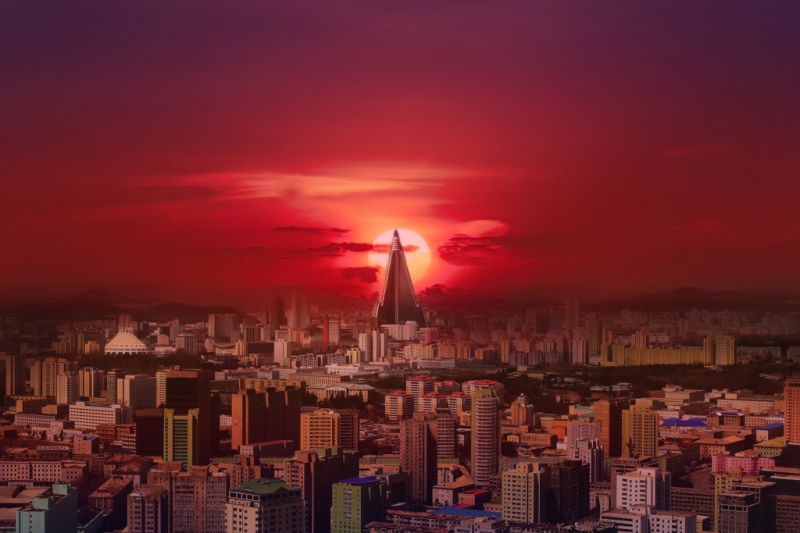
Tours, in which every hour is strictly regulated, are carefully planned by the host party. Foreigners should not disappear from the sight of tour guides. It is believed that millions of people in North Korea starved to death and were tortured in concentration camps, but tourists will never learn from the locals whether this is true or not, as well as about the brutality of the authorities, food shortages, lack of social services and even electricity. which turns off at ten in the evening. All this is hidden from foreigners, who have to be content with what North Korea itself wants to show the world.
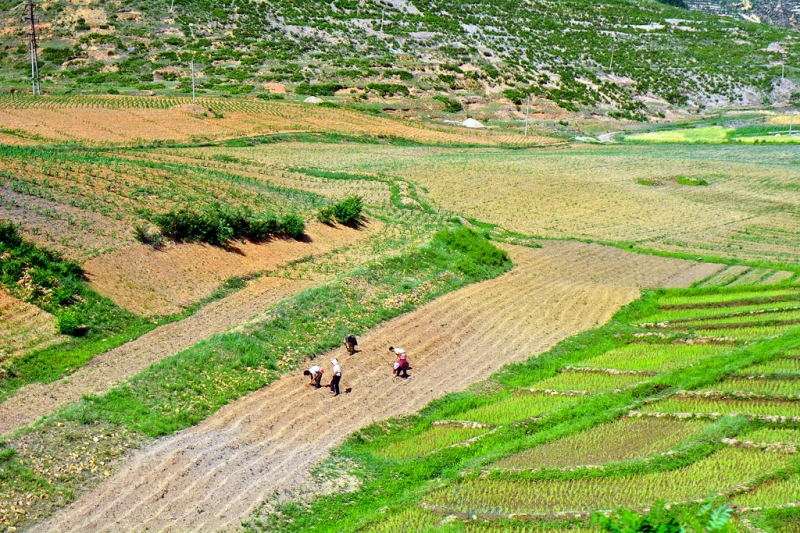
Communication with local residents is strictly limited, and tourists are not allowed to see life outside Pyongyang.
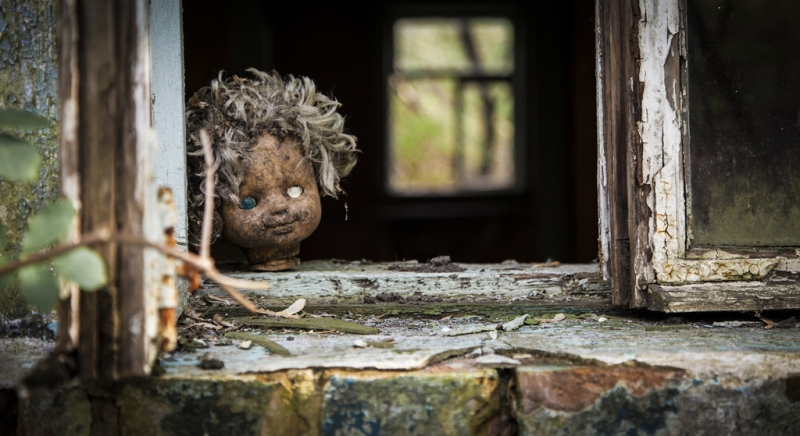
6. Pripyat, Ukraine
If you would like to see a picture of a post-apocalyptic city, come to Ukrainian Pripyat. Many years ago it was a thriving city with more than 50 thousand people. On April 26, 1986, the reactor of the Chernobyl nuclear power plant, near which Pripyat was built, exploded. Tons of radioactive particles were released into the air, reaching Russia and Europe. Two people died directly from the explosion, 28 died within a few months after it and, according to WHO, about 4 thousand victims have since died from the effects of radiation. Residents of the city were not evacuated immediately; they began to be evacuated a day after the accident, when many began to complain of severe headaches and vomiting. People were told that after a while they would be able to return, so all their belongings remained in the houses, and today through the broken windows of the apartments you can see scattered half-decayed clothes, shoes, abandoned bicycles and kitchen utensils.
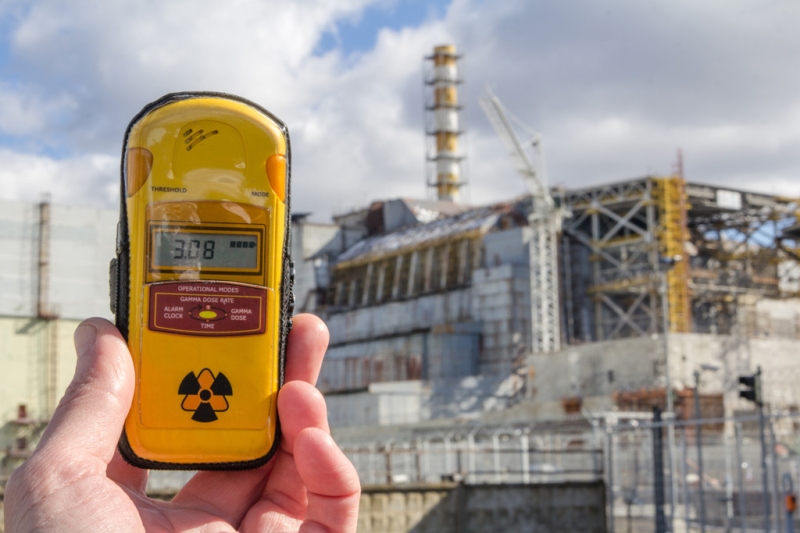
Tourists are only allowed to visit certain parts of the disaster area. It is prohibited to take things from Pripyat; you cannot even touch anything. After returning from the zone, tourists are checked for radioactivity levels, and if it is exceeded, the person is sent for chemical cleaning.
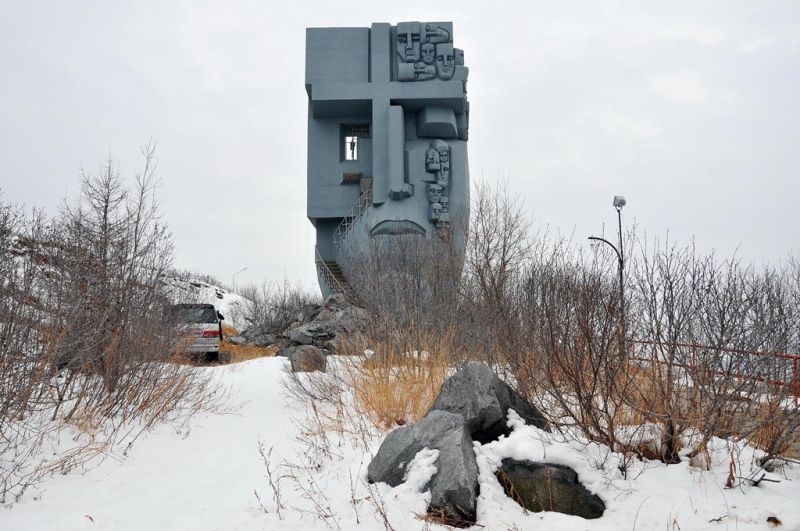
Photo: magadangorod.ru
7. Gulag Museum, Magadan
Magadan, a city in northeastern Russia, became notorious as a place of exile for prisoners of the Stalinist regime. Political prisoners were sent to this distant land, in absolute isolation from civilization, where, to prevent escapes, sometimes they didn’t even build fences – there was nowhere to run, there was taiga all around.
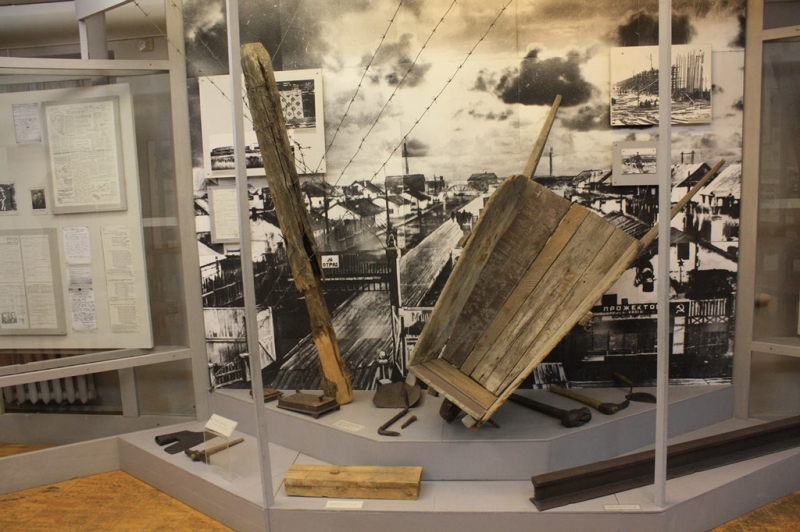
Today, in the Magadan region, the ruins of the camps have been preserved, and in the city itself, on the Krutaya hill, from where the repressed were sent to the camps, a large monument “Mask of Sorrow” was opened in 1996. In the village of Yagodnoye, Magadan Region, there is a Gulag museum called “Memory of Kolyma”.
You can make a hotel reservation on OneTwoTrip.

